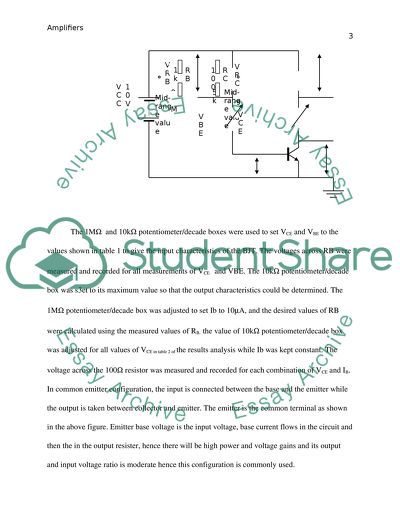Cite this document
(“Electronics Coursework Example | Topics and Well Written Essays - 2500 words”, n.d.)
Retrieved from https://studentshare.org/engineering-and-construction/1613704-electronics
Retrieved from https://studentshare.org/engineering-and-construction/1613704-electronics
(Electronics Coursework Example | Topics and Well Written Essays - 2500 Words)
https://studentshare.org/engineering-and-construction/1613704-electronics.
https://studentshare.org/engineering-and-construction/1613704-electronics.
“Electronics Coursework Example | Topics and Well Written Essays - 2500 Words”, n.d. https://studentshare.org/engineering-and-construction/1613704-electronics.


